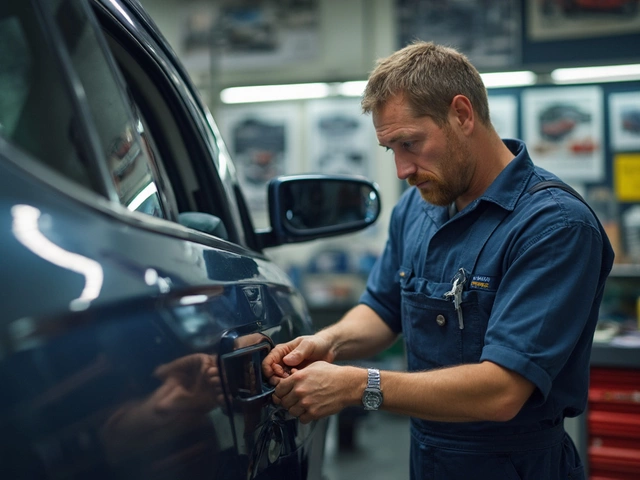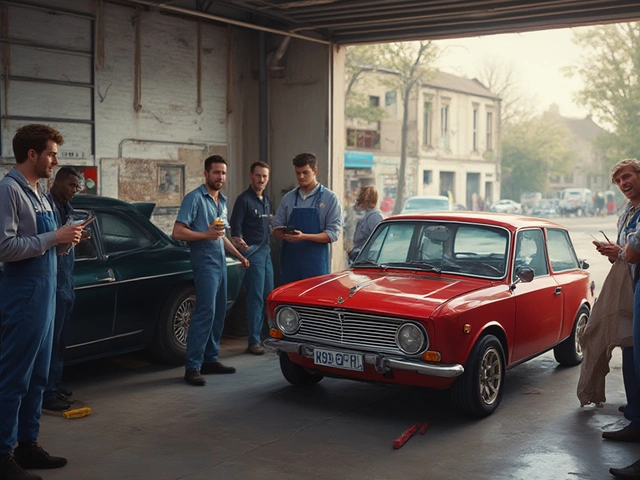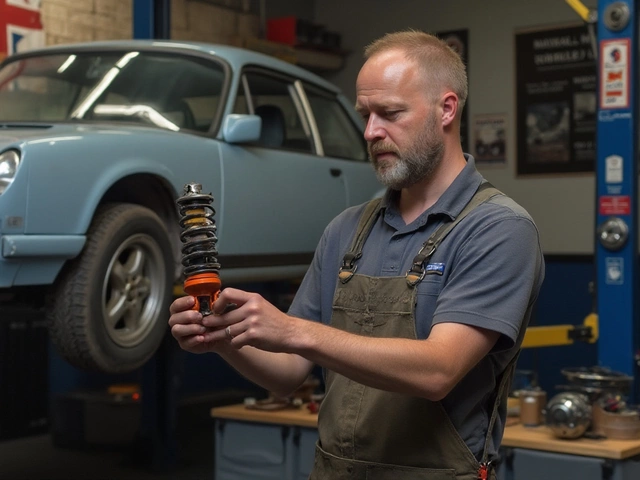Radiator Lifespan & Maintenance – How Many Miles Do Car Radiators Last?
If you’ve ever wondered whether your radiator is getting close to retirement, you’re not alone. Most drivers don’t think about it until the engine starts overheating. The good news? With a bit of know‑how you can push a radiator well beyond the average mileage and avoid costly breakdowns.
What Determines a Radiator’s Mileage?
A radiator’s life isn’t set in stone; several factors decide whether it lasts 80,000 miles or 150,000 miles. First, the quality of the coolant matters. Old, dirty, or the wrong mix can cause corrosion inside the core, which eats away at the metal and reduces heat transfer. Second, driving habits play a big role. Frequent short trips never let the engine reach full operating temperature, leading to sludge buildup. Third, the environment matters – salty roads in winter or extreme heat in summer speed up wear.
Another hidden culprit is a failing water pump. If the pump can’t push enough coolant through, the radiator works harder than it should, and hot spots develop. Finally, regular exposure to debris or road salt can clog the fins, choking airflow and forcing the radiator to work overtime.
Easy Maintenance Tips to Extend Radiator Life
Keeping your radiator happy is simpler than you think. Start with the coolant: flush the system every 30,000 miles or every two years, whichever comes first. Use the manufacturer‑recommended mix – usually 50% coolant and 50% distilled water – and avoid cheap generic brands that can leave residues.
Check the radiator cap regularly. A weak cap won’t hold pressure, causing the coolant to boil at a lower temperature. Replace the cap if it’s corroded or the spring feels soft. While you’re at it, inspect hoses for cracks or bulges; a leaking hose can introduce air into the system, leading to hot spots.
Don’t forget the radiator fins. A simple garden hose blast can blow away dust and grime that block airflow. If the fins are bent, a fin comb (available at most auto parts stores) can straighten them without damaging the core. Lastly, keep an eye on the temperature gauge. A steady rise above normal suggests the radiator is struggling – address it before it turns into a full‑blown overheating event.
When the time comes to replace the radiator, choose a unit that matches your vehicle’s specifications. A proper fit ensures optimal coolant flow and prevents leaks. Many shops, including Northwich Tyres Centre, offer fitting and a warranty, so you get peace of mind without the hassle of DIY mistakes.
In short, a radiator can last well over 100,000 miles if you stay on top of coolant health, hose integrity, and fin cleanliness. Regular checks keep the cooling system efficient, save you money, and keep your engine running smooth. Need a fresh radiator or a quick flush? Swing by Northwich Tyres Centre – we’ll get you back on the road with a cool, reliable ride.
 14 March 2025
14 March 2025
How to Know If Your Car Radiator's in Trouble
A radiator is vital for your car's cooling system, and when it goes bad, it can lead to overheating and engine damage. In this article, we'll explore how to spot a failing radiator and the signs that suggest it's time for a replacement. Learn how simple observations and maintenance can keep your car running smoothly. Don't let a bad radiator leave you stranded; gain the knowledge to identify issues early. Keep your vehicle on the road with these practical tips.
Latest Posts
-

Clutch Replacement Cost: What to Expect and How to Save Money
-

Signs Your Brake Pads Need Replacement: A Comprehensive Guide
-

Engine Oil 101: Can I Put New Oil on Top of Old Oil?
-

Clutch Kit Labour Cost Explained: 2025 Guide to Clutch Replacement Prices
-

Detecting Worn Shocks and Springs in Your Vehicle's Suspension System

0